I had been looking for a cheap 35mm camera that could be used manually without batteries, and manual ISO selection was a must. Selenium meters would not be tolerated either, and it had to be good looking, reasonably priced and take decent photos.After a bit of web research and ebay browsing, I decided to take a chance on a half frame camera. After perusing the range of those available, I settled on a Canon Demi EE17. I quickly found one in Japan on ebay for $60 US. Yet another camera to add to the collection.
Canon Demi EE17 – First Impressions
When the Canon Demi EE17 arrived, my first impression was how stunningly beautiful it is. It has a stylish, 1960s Italian beauty to it. Soft curves of dulled aluminium, with black leatherette and a matching black centre body “core”. The EE17 has a nice weight – not chunky heavy, not elcheapo light, just a reassuring, comfortable weight. I imagine it would be right at home on a table outside a cafe in Italy, with a Vespa parked nearby and a beautiful woman in a flowing dress with big sunglasses sitting opposite, blowing cigarette smoke disdainfully into the air.
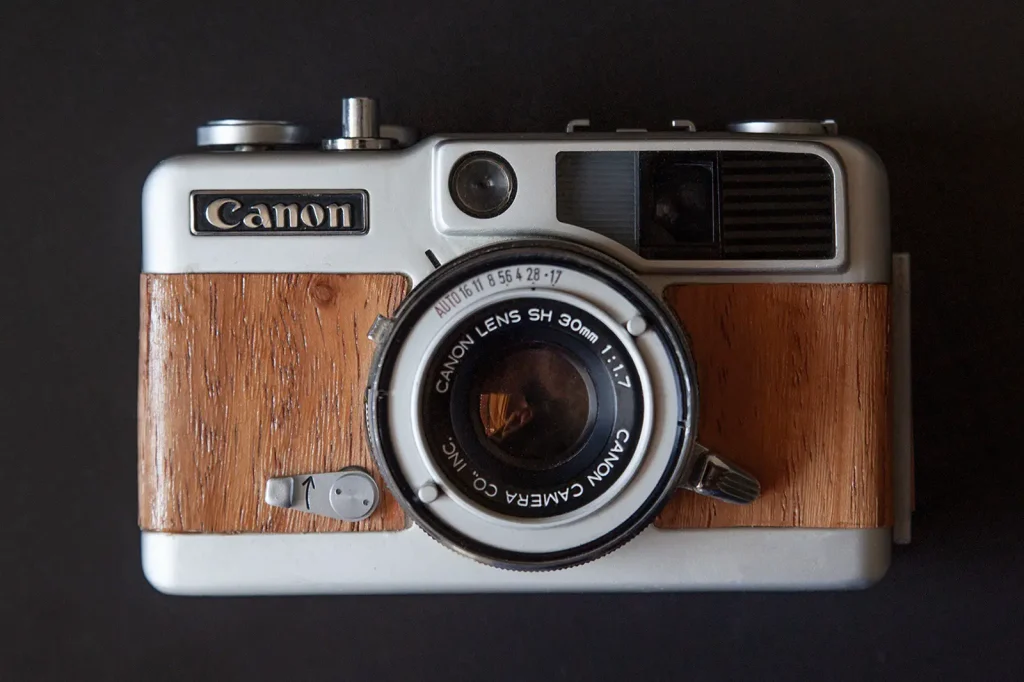
The Canon Demi EE17 is similar in size to a Canon QL17 GIII or Olympus MJU. Standard Demi’s with the f/2.8 lens are slightly slimmer and smaller and the lens only sticks out about half as much. Pocketable, although it may cause unsightly bulges in skinny jeans.
Build quality is great. That being said, the shutter on mine jammed after a few rolls and I was given a refund by the seller without having to send it back (love buying from Japanese camera sellers). I decided this camera is too beautiful to be left broken, but the quotes for inspection or repair were all hideously expensive. A bit of googling and 5 minutes later I had downloaded the service manual for it and decided to operate myself. Fairly simple machine on the inside, and even my uncoordinated banana fingers were able to fix it with relative ease – good to know when shooting with an almost 60 year old camera.
The only drawback was that in fixing it I had torn the black leatherette. I’d recently read a post online that gave detailed instructions on how to wood veneer a camera, so I decided to give it a go. Fiddly job, but in the end it looks great and gets a lot of comments from curious street portrait victims-to-be.
The light seal foam in mine has long disappeared and I might replace it one day, but I haven’t had any leaks yet after putting around 20 or 30 rolls of film through it.
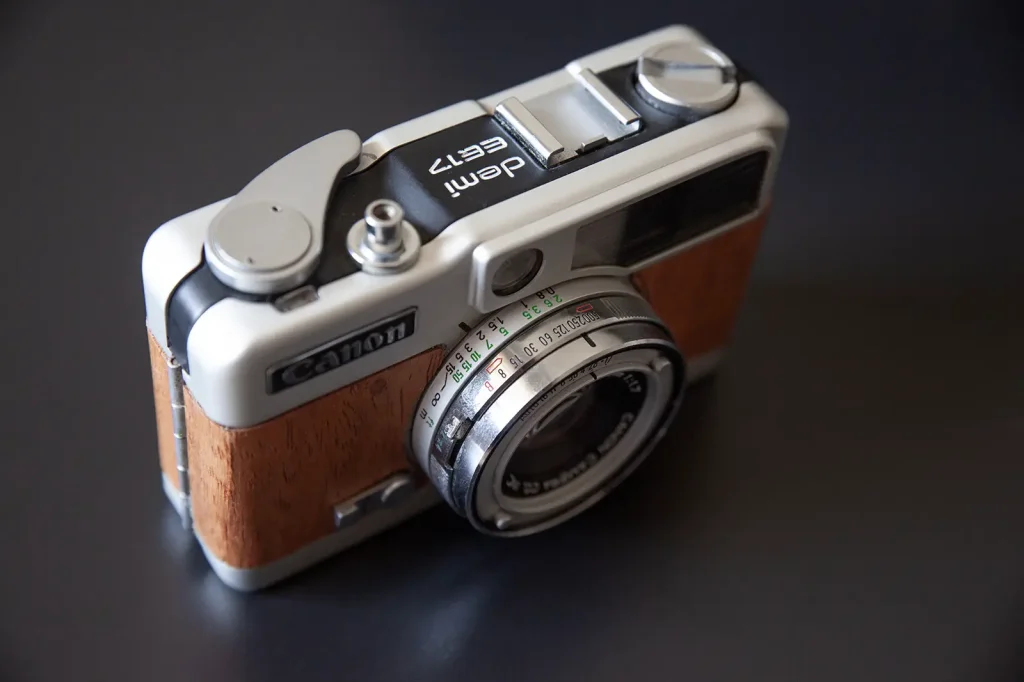
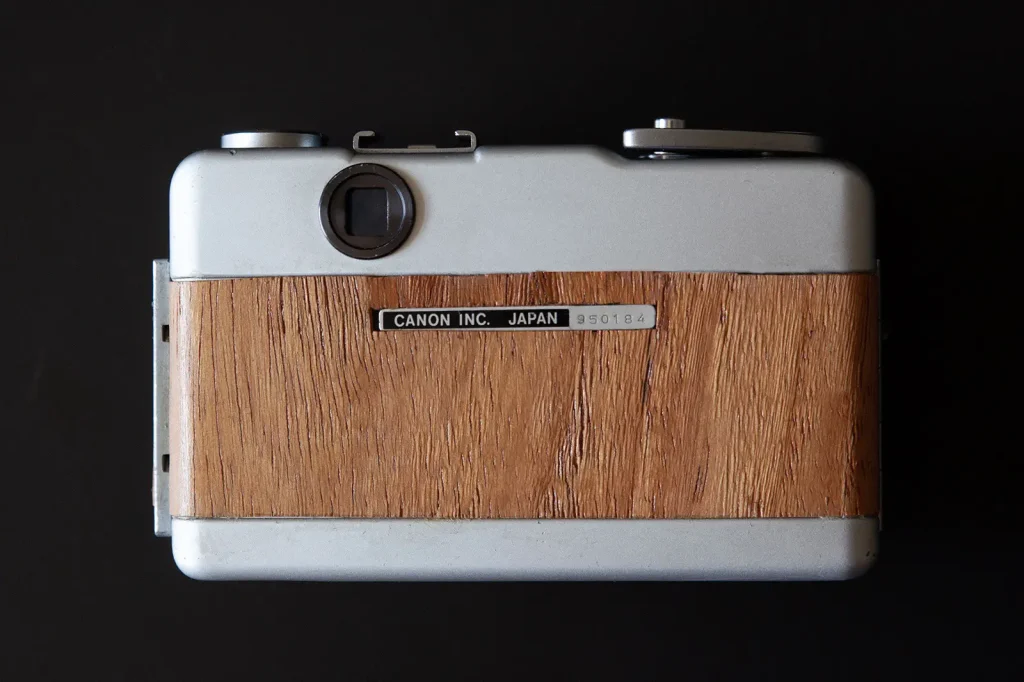
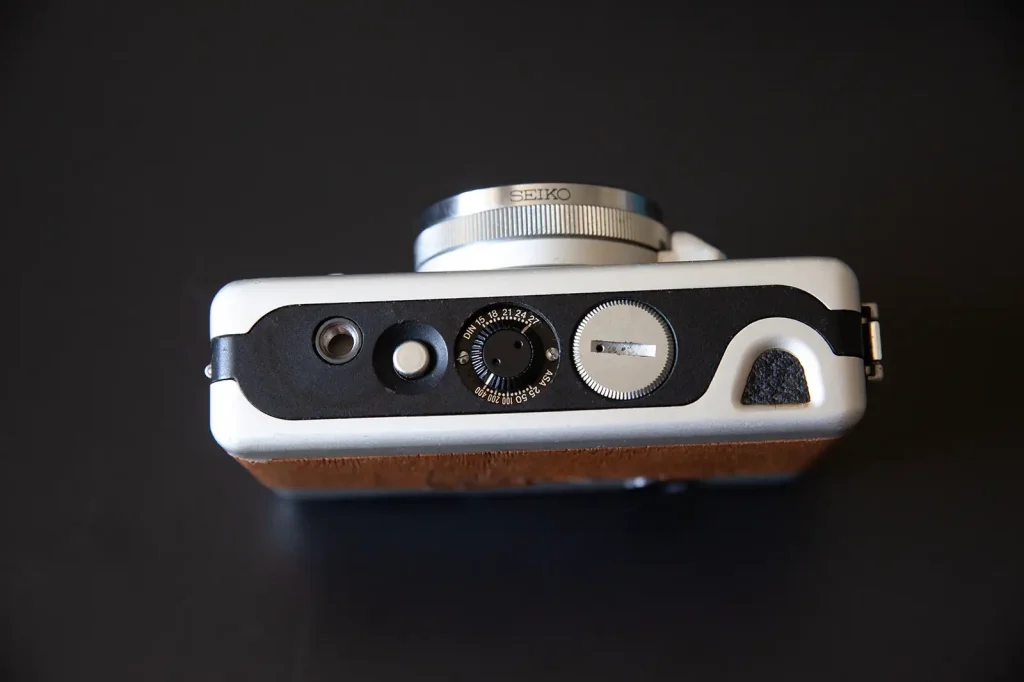
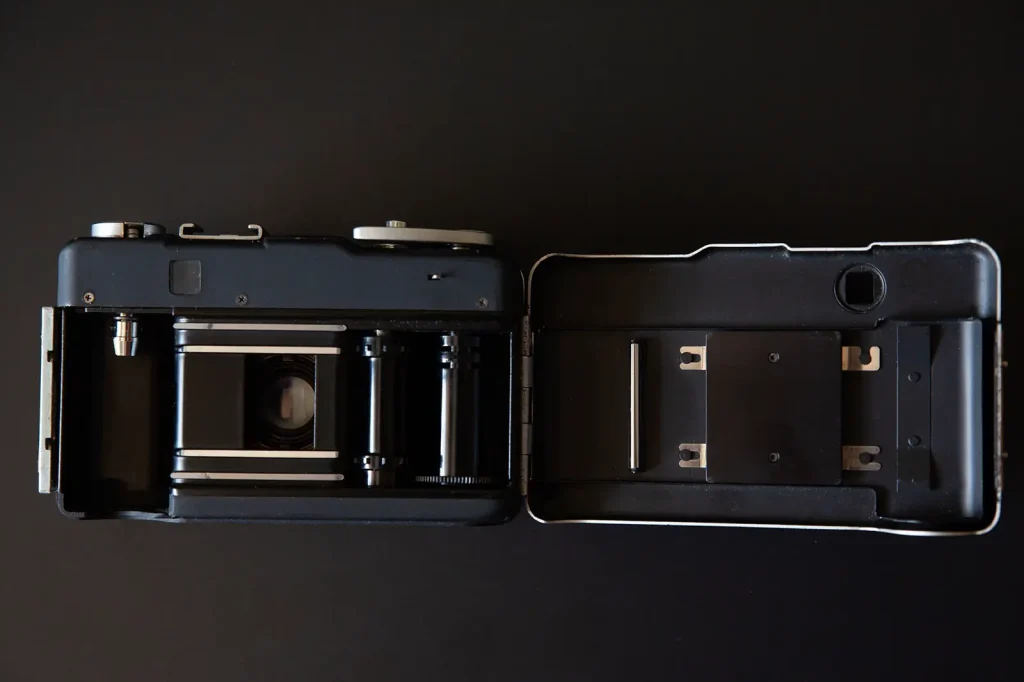
But whats it like to use?
The Canon Demi EE17 is a fantastic camera to use. Like most half frame cameras it has a portrait oriented viewfinder with a generous amount of space around the frame lines. Meter needle and indicator on the right. Focus distance along the bottom. Simple and effective. The only issue i’ve found is that like a lot of rangefinders the viewfinder is slightly offset to the lens. If I’m lining up a shot where I’m really highlighting symmetry and want say, a line running down the exact centre of the image, its a little off in the final shot. Not a lot, but enough. But then it’s a point and shoot, not an SLR.
Selecting the focus distance and shutter speed on the lens barrel is straight forward. The Canon Demi EE17 has both metres and feet to set the focus printed on the barrel of the lens – no person/people/tree/mountain indicators here (although they do make an appearance in the viewfinder). One thing I would have liked would be a depth of field scale on the lens near the aperture and focus distance indicator, but I can live without it.
Shutter speeds go from 1/500 down to bulb – the shutter release button is the standard type with a screw in shutter release mount so long exposures are possible.
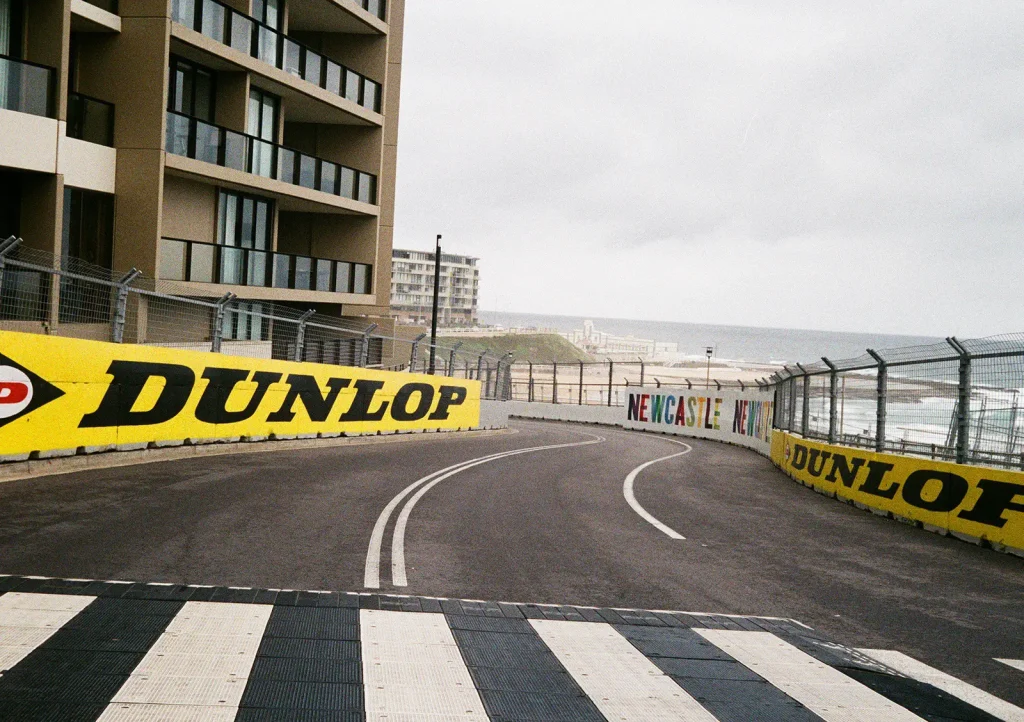
Aperture is selected on the face of the lens. It does have an “auto” aperture mode, but I’ve never really trusted the meter. It always seems to be about one stop off from my guestimated exposure. The Canon Demi EE17 takes the old Mercury PX625 stye batteries, so with modern batteries the meter will be out a bit based on the charge of the battery anyway.
There is a filter exposure compensator on the lens barrel. The light meter “eye” is on the body above the lens, so if a filter is used when the auto aperture mode is selected an adjustment needs to be made.
The Demi also has a PC sync for flash usage on the side, and a cold shoe on the top of the camera. It has a leaf shutter so it flash syncs at all speeds. It also has a self timer on the front for those special awkward “has it taken the shot yet?” group portrait moments.
A tripod mount, ISO selector and film rewind button are underneath the camera along with the battery cover.
The Demi doesn’t have lugs for a neckstrap. It comes with a wrist strap that screws into the tripod mount, so anyone wanting to use a neck strap will have to go down that route.
The Canon Demi EE17’s 4 blade leaf shutter is very quiet when it fires. Quieter than my Leica M6, and very similar to an Olympus Trip shutter sound without that cameras “ping” sound. Nice and stealthy, if thats your thing.
Shutter cocking and film winding are done via the aluminium wind on lever, and there is no way to take double exposures. Would have been nice to be able to play with double exposures, especially when you have 72 frames to experiment with.
Image quality
Image quality out of the Canon Demi EE17 is nothing short of superb. I mainly shoot at f/8 or f/11 & 1/500 or 1/250 with 400 speed film to give me extra latitude for errors in guessing focus distances.
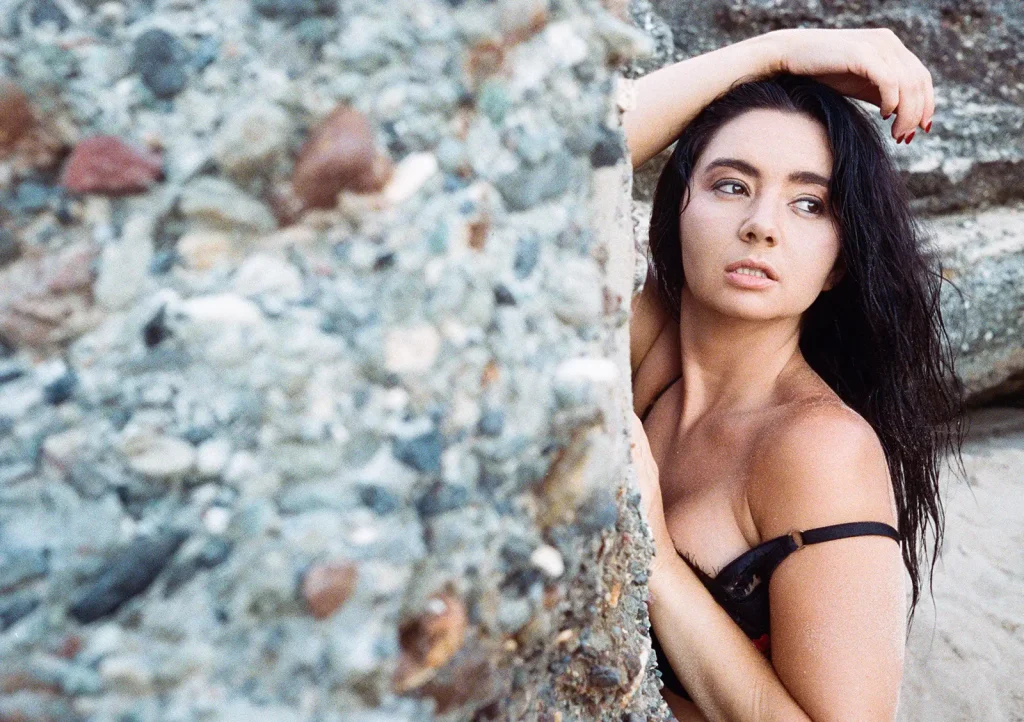
When shooting wide open the lens gives a nice soft out of focus area (I’m not saying the B word). Just be careful when estimating distance and shooting up close at f/1.7 or f/2.8 with razor thin depths of field. A rangefinder instead of the light meter would have made this camera dangerously close to perfect.
The Canon Demi EE17 recessed lens is nice and crisp corner to corner all the way through the aperture range. It washes out a little in very high contrast situations, but I haven’t been able to make it flare yet.
I’ve enlarged shots from the Demi in the darkroom up to 8×10 and they look great. I’d have no hesitation going as big as 16×20, although I haven’t tried that yet. On the highest quality setting the Noritsu LS600 gives 12.5 megabyte 2800 x 4000 scans – very acceptable.
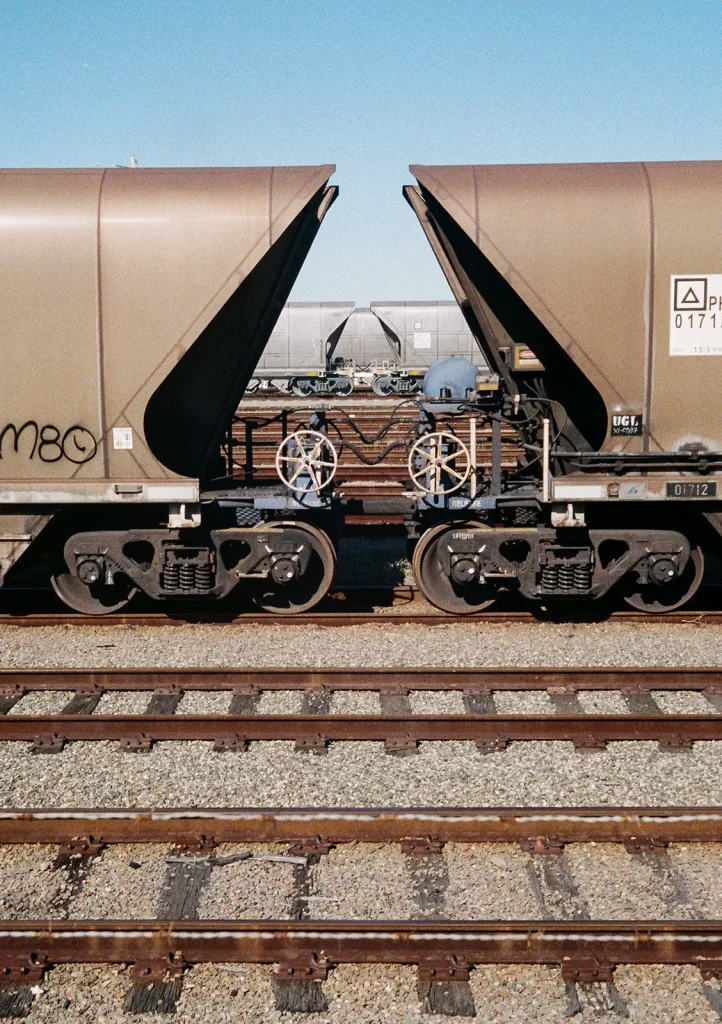
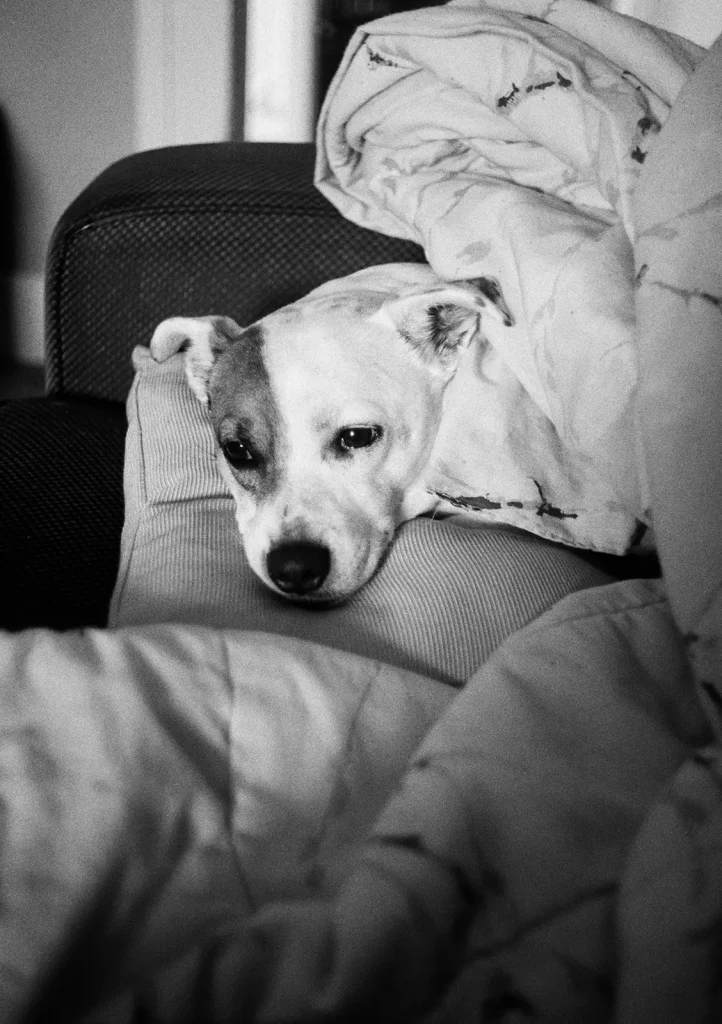
Portra 400 is a great match for the Canon Demi EE17 with its low grain and wide exposure latitude. Squeezing out 72 shots on expensive film is a good feeling too. Superia 400 looks amazing on half frame cameras – the grain is just a little more pronounced but its a beautiful grain.
I love using the Canon Demi EE17 – it’s great to just throw into a bag when I’m heading out for the day. No extra lenses, or even extra rolls of film in most cases. A roll of film generally lasts me a few weeks which can be frustrating when stuck on the same ISO for 72 shots. Rewinding, reloading and firing through 50+ blank shots isn’t as much fun as it sounds either. I can see myself buying a second one and dedicating one for black and white and the other for colour film.
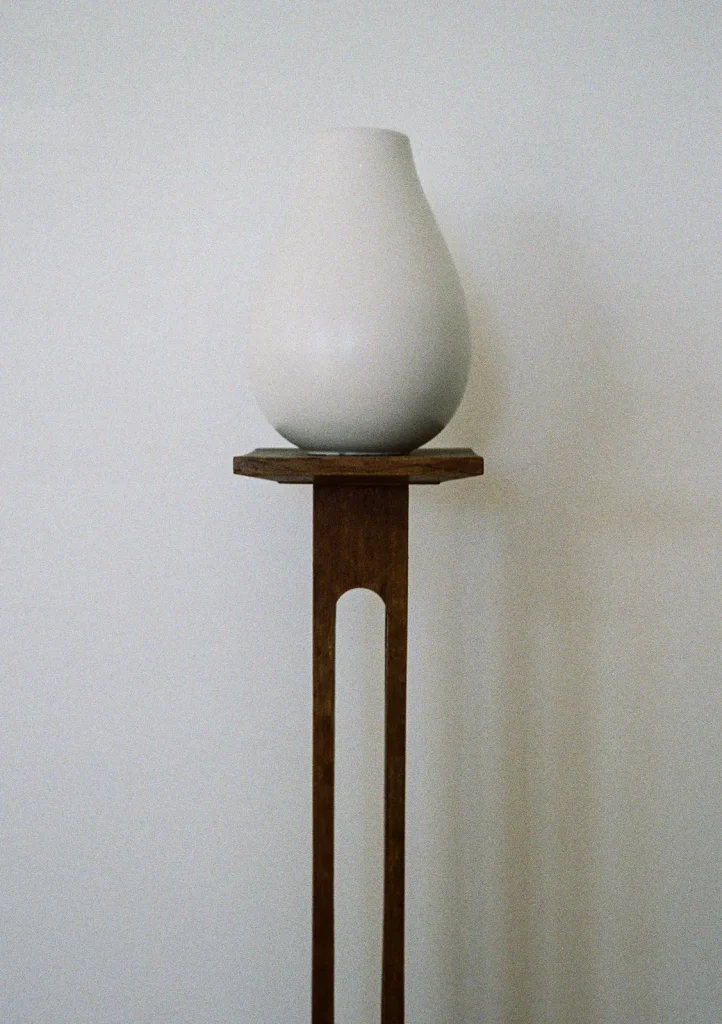
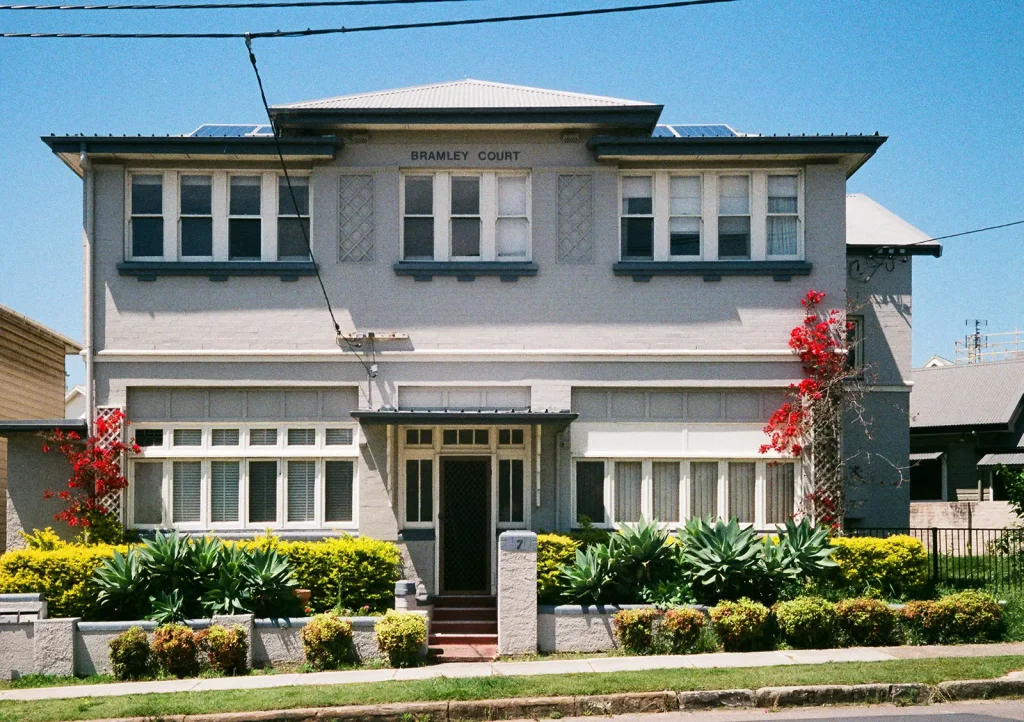
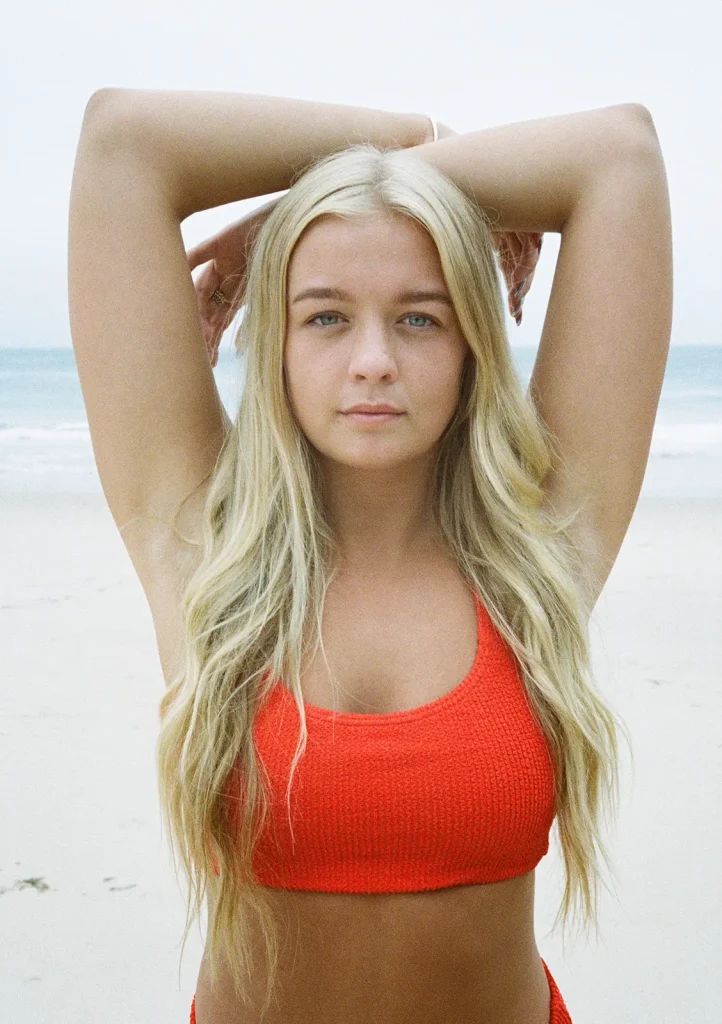
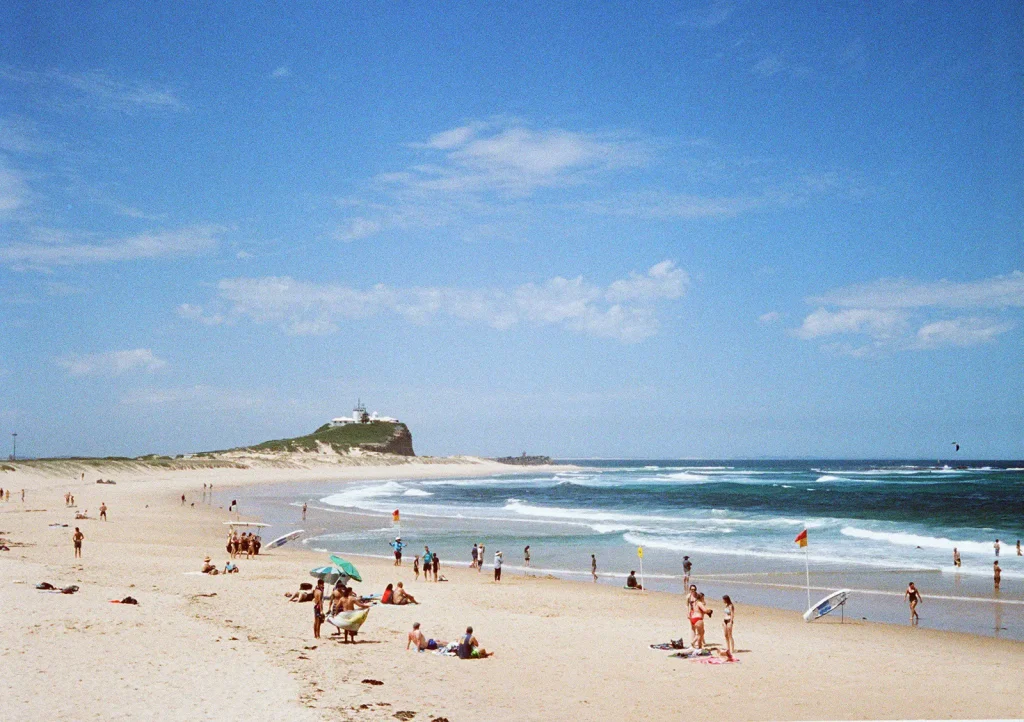
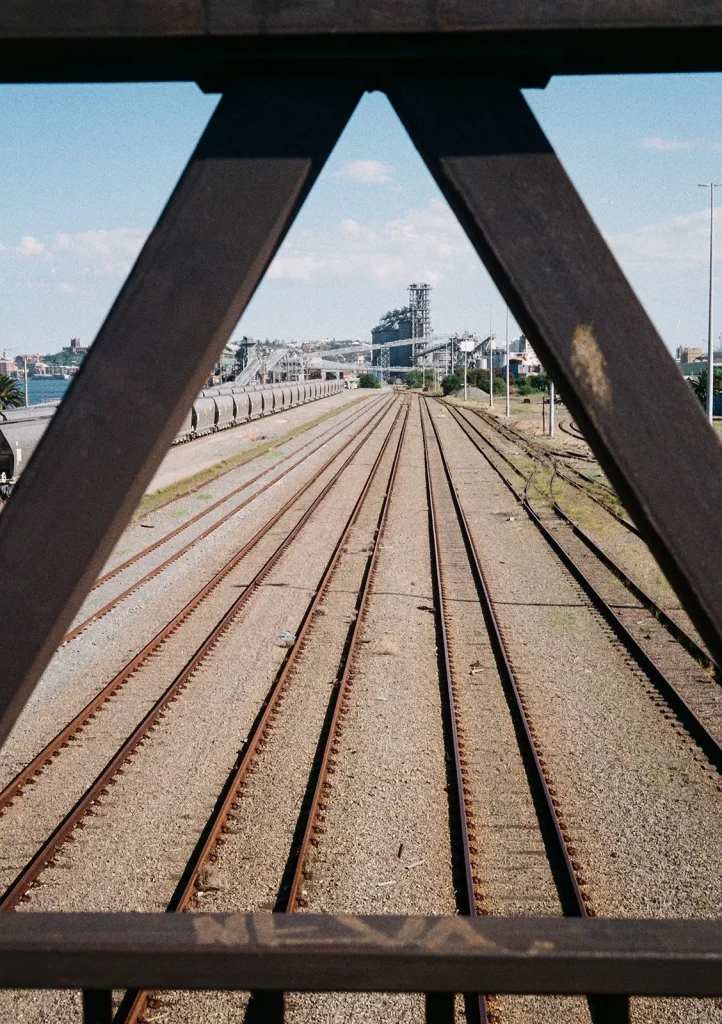
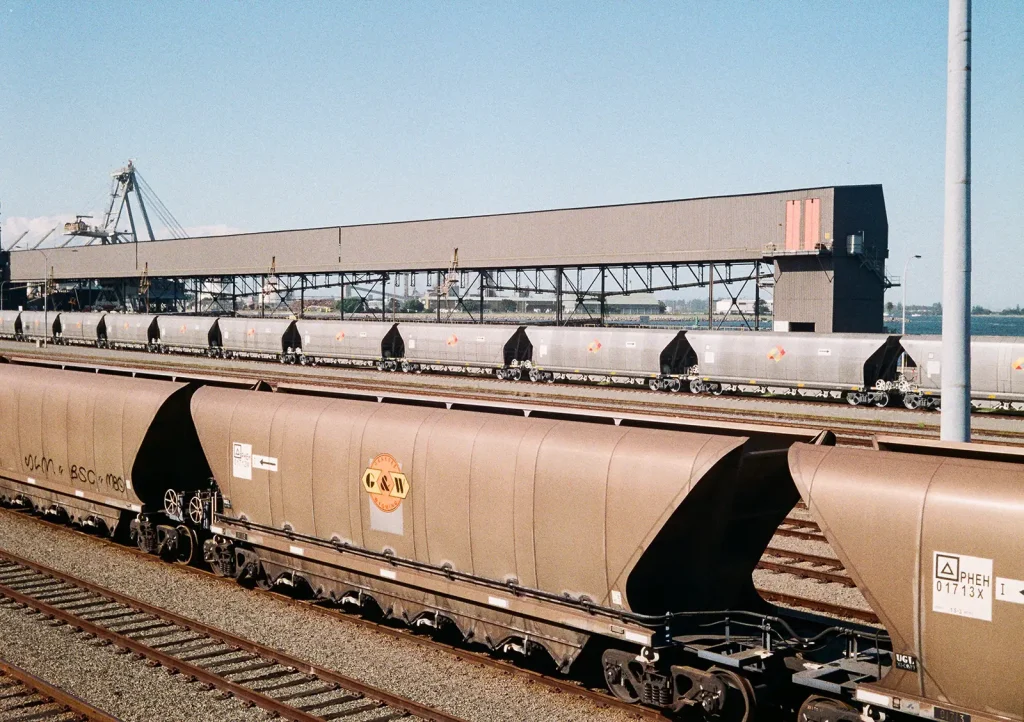
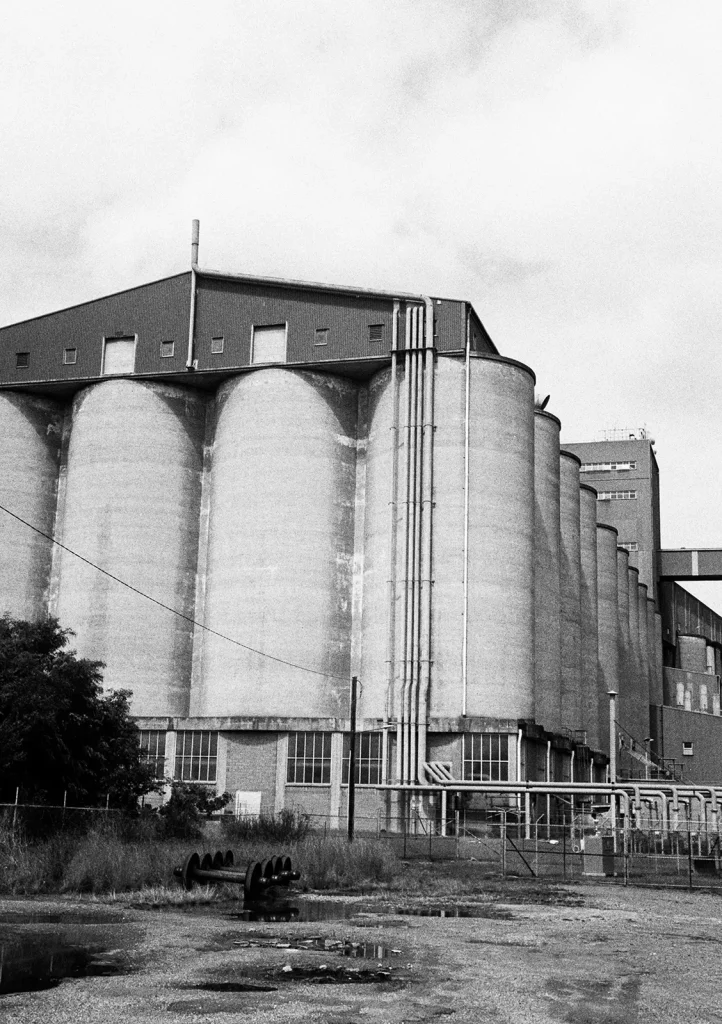
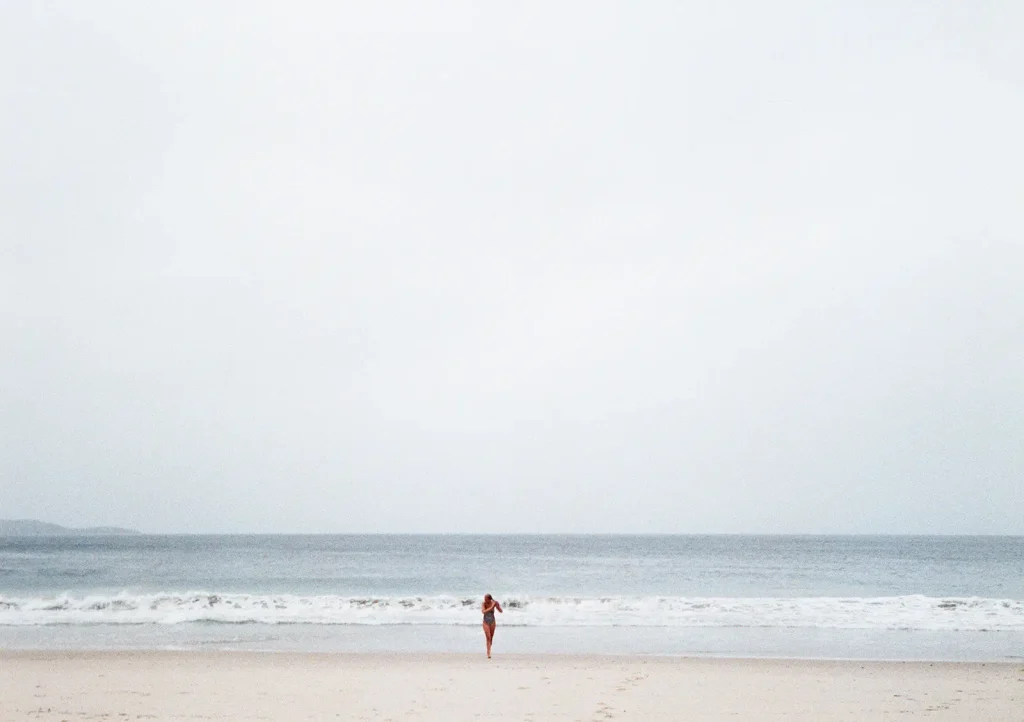
Summary
If you can’t tell, I think the Canon Demi EE17 is a wonderful little camera. It has no major flaws and is only missing a couple of wish list items that would make it outstanding. It’s still reasonably cheap online, although like most film cameras the prices are going up fairly quickly these days. You can find one from Japanese sellers on ebay for around US$60 to $150 depending on condition.
Thanks for reading, you can see more images from the Demi EE17 and other film cameras at @philstefans.
Share this post:
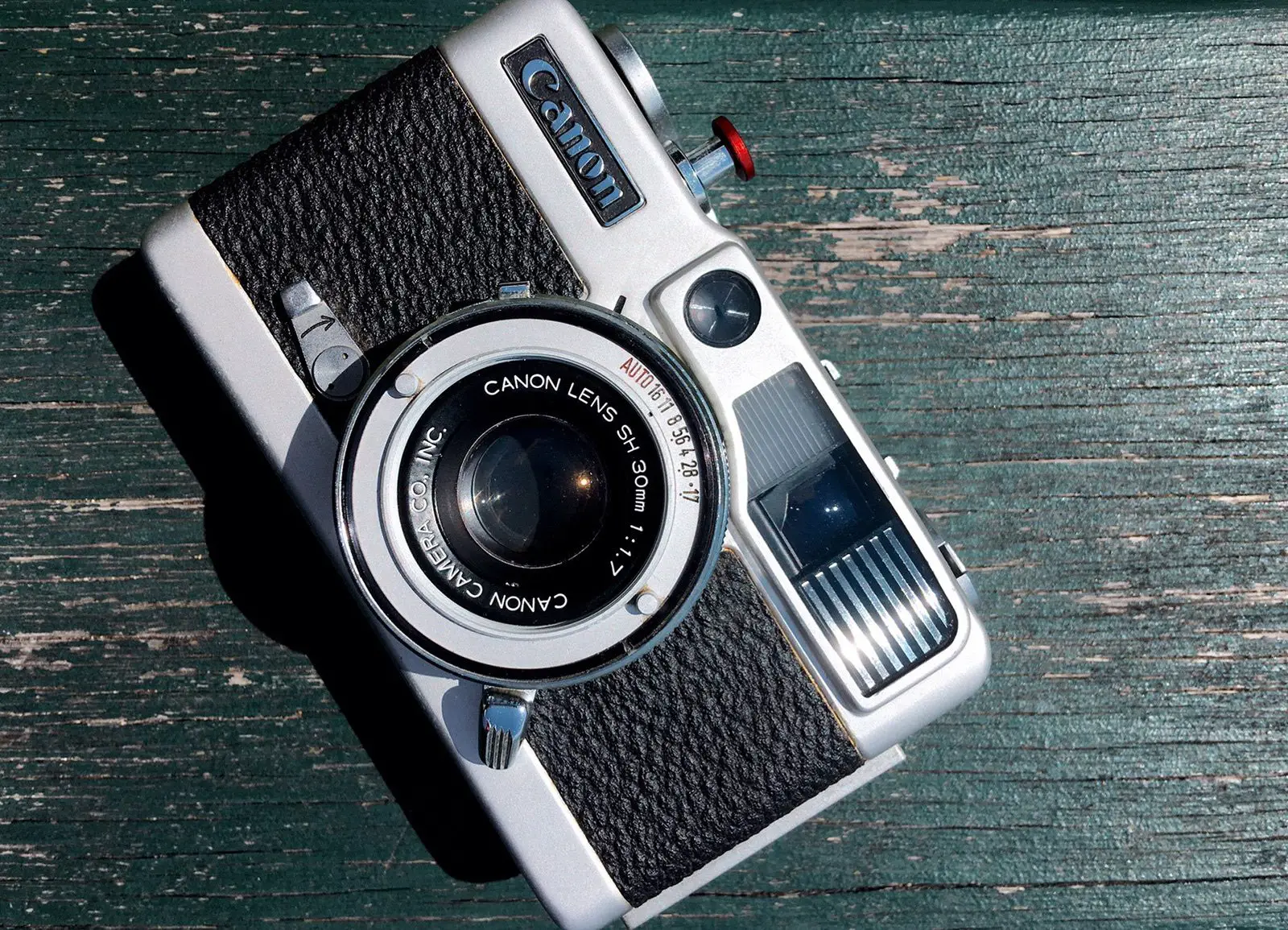








Comments
Daniel Avery on Canon Demi EE17 Review – A Surprisingly Good Half Frame Camera – By Phil Stefans
Comment posted: 22/02/2019
Comment posted: 22/02/2019
Mike Hinkleman on Canon Demi EE17 Review – A Surprisingly Good Half Frame Camera – By Phil Stefans
Comment posted: 22/02/2019
Comment posted: 22/02/2019
Laurent on Canon Demi EE17 Review – A Surprisingly Good Half Frame Camera – By Phil Stefans
Comment posted: 22/02/2019
Do you still have the link to the post explaining how to do it ?
Comment posted: 22/02/2019
Terry B on Canon Demi EE17 Review – A Surprisingly Good Half Frame Camera – By Phil Stefans
Comment posted: 22/02/2019
I've handled this very model, my brother owned one in the late 1970's, and I have to say it felt very nice in the hand. It's quite a pretty camera.
Good luck printing to 20x16, you'll need it.????
Comment posted: 22/02/2019
Dan on Canon Demi EE17 Review – A Surprisingly Good Half Frame Camera – By Phil Stefans
Comment posted: 22/02/2019
Comment posted: 22/02/2019
SteveEmber on Canon Demi EE17 Review – A Surprisingly Good Half Frame Camera – By Phil Stefans
Comment posted: 22/02/2019
But, beyond that, you display an intriguing variety of motifs with remarkable definition from such small neg size. As Daniel stated, these truly look like they were shot on full-frame 35mm film.
A suggestion for when you get your second Demi - Do that outdoor café shot you envisioned with the Vespa and signorina in flowing dress blowing cigarette smoke (not at your wood veneer camera, of course ;-)
Roger Beal on Canon Demi EE17 Review – A Surprisingly Good Half Frame Camera – By Phil Stefans
Comment posted: 23/02/2019
Comment posted: 23/02/2019
Stuart on Canon Demi EE17 Review – A Surprisingly Good Half Frame Camera – By Phil Stefans
Comment posted: 23/02/2019
Also you mentioned the light seals, the way the door is made for the camera means I don't think it has light seals. Mine doesn't, only maybe a small strip on the door? (I'm currently shooting with it so can't check)
It really is a great camera, I used Portra 400 as my test roll when I got it 2 years ago, which obviously sounds stupid, but it worked perfectly and the results were great.
I now also have a Canon Demi C, the interchangeable lens version I got for not much more than what I paid for the Demi EE17. (Which was on the lower end as it's electronics were dead).
Great to hear someone else loves these. Most people go for the Olympus Pen's.
Comment posted: 23/02/2019
Martin Connolly on Canon Demi EE17 Review – A Surprisingly Good Half Frame Camera – By Phil Stefans
Comment posted: 23/02/2019
Comment posted: 23/02/2019
Chris Pattison on Canon Demi EE17 Review – A Surprisingly Good Half Frame Camera – By Phil Stefans
Comment posted: 27/02/2019
Gordie on Canon Demi EE17 Review – A Surprisingly Good Half Frame Camera – By Phil Stefans
Comment posted: 18/05/2019
Justav Kjeld Navarro on Canon Demi EE17 Review – A Surprisingly Good Half Frame Camera – By Phil Stefans
Comment posted: 12/09/2019
Would you mind sharing with me the link to the repair manual? Or perhaps send me the actual file?
Thanks a lot and more power to you and your blog!
Comment posted: 12/09/2019
Comment posted: 12/09/2019
Carla Labunda on Canon Demi EE17 Review – A Surprisingly Good Half Frame Camera – By Phil Stefans
Comment posted: 28/09/2019
Comment posted: 28/09/2019
Jens on Canon Demi EE17 Review – A Surprisingly Good Half Frame Camera – By Phil Stefans
Comment posted: 29/10/2019
Thanks for a great review! I wonder where you got the red shutter top from? I have two demis and use them all the time!
Charlie on Canon Demi EE17 Review – A Surprisingly Good Half Frame Camera – By Phil Stefans
Comment posted: 07/04/2020
Mike Almer on Canon Demi EE17 Review – A Surprisingly Good Half Frame Camera – By Phil Stefans
Comment posted: 31/07/2020
Christer on Canon Demi EE17 Review – A Surprisingly Good Half Frame Camera – By Phil Stefans
Comment posted: 04/08/2020
Andres on Canon Demi EE17 Review – A Surprisingly Good Half Frame Camera – By Phil Stefans
Comment posted: 05/08/2020